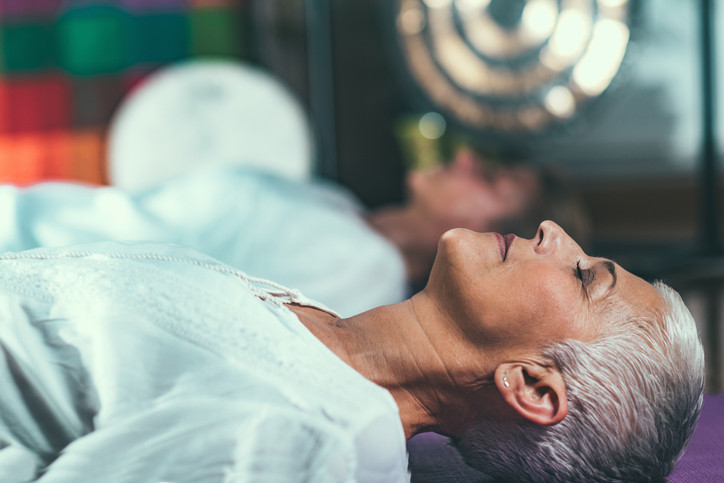
5 timeless habits for better health

What are the symptoms of prostate cancer?

Is your breakfast cereal healthy?

When pain signals an emergency: Symptoms you should never ignore

Does exercise give you energy?

Acupuncture for pain relief: How it works and what to expect

How to avoid jet lag: Tips for staying alert when you travel

Biofeedback therapy: How it works and how it can help relieve pain

Best vitamins and minerals for energy

Should you take probiotics with antibiotics?
Endorphins: The brain's natural pain reliever
Endorphins can also release stress and create a feeling of well-being.
Endorphins are the body's natural painkillers. Released by the hypothalamus and pituitary gland in response to pain or stress, this group of peptide hormones both relieves pain and creates a general feeling of well-being.
The name of these hormones comes from the term "endogenous morphine." "Endogenous" because they're produced in our bodies; morphine refers to the opioid painkiller whose actions they mimic.
About 20 different types of endorphins exist. The best studied of these is beta-endorphin, which is the one associated with the runner's high. We also release endorphins when we laugh, fall in love, have sex, and even eat a delicious meal.
How to release endorphins
You can increase your body's endorphin release by engaging in these activities:
- Exercise. A moderately intense pace, whether you're walking fast or doing another form of aerobic activity, seems to be best for releasing endorphins.
- Acupuncture. An effective way to release endorphin is with pressure points. Placing fine needles into the skin at specific points around the body triggers the release of endorphins.
- Meditation. Breathing deeply and focusing your brain calms your mind and eases pain.
- Sex. These hormones are the reason for that blissful feeling many of us get after having sex. Experts believe that endorphins promote the release of other hormones that are involved in feelings of love.
- Playing music. When you sing, dance, or bang on a drum, you do more than entertain others. You also release a rush of endorphins, which research suggests might increase tolerance to pain.
- Laughter. A good belly laugh can do wonders for your state of mind. Along with releasing endorphins, laughter alters levels of serotonin and dopamine.
- Ultraviolet light. It's no wonder that some people feel happy when they spend time outdoors in the sun. Ultraviolet light stimulates the release of beta-endorphins in the skin.
Endorphins are just one of the four feel-good hormones. To learn more about the others and how they work, head to the beginning of this series.
Disclaimer:
As a service to our readers, Harvard Health Publishing provides access to our library of archived content. Please note the date of last review or update on all articles.
No content on this site, regardless of date, should ever be used as a substitute for direct medical advice from your doctor or other qualified clinician.

5 timeless habits for better health

What are the symptoms of prostate cancer?

Is your breakfast cereal healthy?

When pain signals an emergency: Symptoms you should never ignore

Does exercise give you energy?

Acupuncture for pain relief: How it works and what to expect

How to avoid jet lag: Tips for staying alert when you travel

Biofeedback therapy: How it works and how it can help relieve pain

Best vitamins and minerals for energy

Should you take probiotics with antibiotics?
Free Healthbeat Signup
Get the latest in health news delivered to your inbox!
Sign Up


